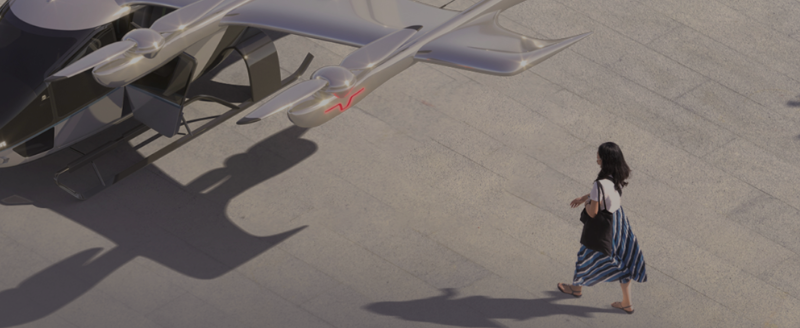Eve ‘comfortable’ that liquidity will see them through to certification

Eve’s chief financial officer, Eduardo Couto told investors the OEM “feels comfortable” it’s $400m liquidity will see the firm through to certification.
Yesterday, the Brazilian eVTOL developer announced its fourth-quarter (Q4) and full-year 2022 financials. Operations ate up $21m in the quarter and a total of $60m across 2022, meaning Eve ended Q4 with $311m in total liquidity, down from $330m in Q3 2022 without considering the recent funding from the Brazilian Development Bank.
“Considering our current cash position, investments, including with Embraer and the credit lines from the Brazilian Development Bank currently signing, we have total liquidity of more than $400m,” said Couto. “Again, we feel comfortable that this is enough to carry our operations, development and certification efforts through 2025.”
For 2023, Eve’s total cash consumption is predicted to be between $130m and $150m, which, considering the total liquidity sits above $400 million gives Eve “good comfort to keep our eVTOL development in the years to come”.
Eve reported a net loss of $20.1m in Q4 versus $8.3m in Q4 2021. Whilst for 2022, net loss was $174m, compared with $18.3m reported in 2021. Couto explained: “It’s important to highlight that our 2022 results include noncash and nonrecurring costs related to warrants issued to partners as well as some listing expenses of our IPO in 2022. This nonrecurring, noncash expenses were $111m, so recurring loss for the full year of 2022 was $63m.”
As of Q4 2022, Eve reported no debt on its balance sheet. The proceeds from the business combination with Zanite Acquisition Corp and strategic PIPE investors combined with potential advances from customers and future finance lines “are important sources of capital to fund Eve’s development and certification of its eVTOL”, it said.
According to co-CEO, Andre Stein, Eve will announce a number of primary suppliers for the most critical parts of the aircraft — including propulsion systems and batteries — during the first half of 2023.
Stein explained: “The selection will also result in much more detailed specifications of these components, such as dimensions, weight, power output and the systems interface. This is critical for us to define the final aircraft architecture at a complete system level, which we plan to also accomplish in the first semester of this year. With the final design established, we expect to begin fabrication of our prototype as planned in 2023.”






